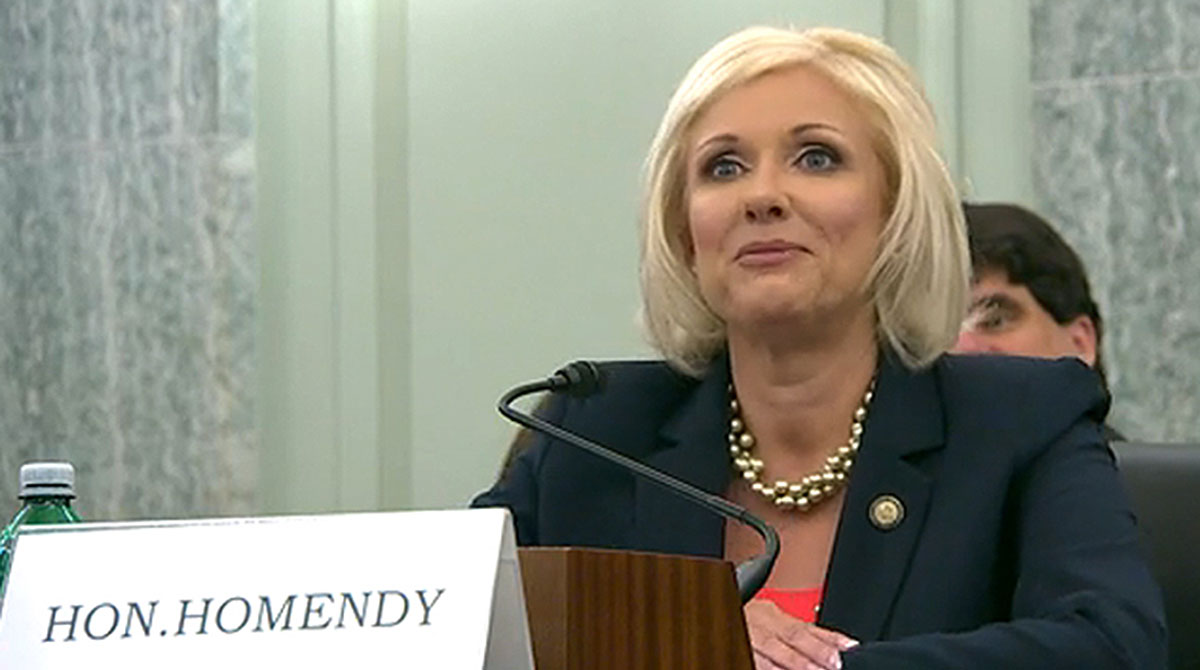News and Issues
If You're Looking For A Link To the Mueller Report, Look No Further
Editor's Note:
We're not downloading the entire Mueller report, but here is the Justice Department URL to read the report at:
Report On the Investigation Into Russian Interference In The 2016 Election, Vol I and II; Special Counsel Robert S. Mueller, III
https://www.justice.gov/storage/report.pdf?_ga=2.80421777.744576135.1555603755-461170982.1555603755
Mueller received the following military awards and decorations:
 |
 |
 |
 |
||||
 Looking Back: Women's Congressional Policy Institute, Weekly Legislative Update; September 12-16, 2022, Screening Initiatives by Health Care and Social Service Providers
Looking Back: Women's Congressional Policy Institute, Weekly Legislative Update; September 12-16, 2022, Screening Initiatives by Health Care and Social Service Providers
A bill to establish a cause of action with respect to reproductive health services; A bill to improve benefits and services for surviving spouses; screening initiatives by health care and social service providers; paid emergency leave; A bill to provide for a demonstration program to facilitate the clinical adoption of pregnancy intention screening initiatives by health care and social service providers; A bill to require institutions of higher education to have an independent advocate for campus sexual assault prevention and response; A bill to reauthorize the National Internet Crimes Against Children Task Force Program. more »
 "Henry Ford Innovation Nation", a Favorite Television Show
"Henry Ford Innovation Nation", a Favorite Television Show
Between looking at a post we had started about Nancy Pelosi and the January 6th Committee, we delved into a weekend show, while watching on our CBS favorite TV program, Henry Ford Innovation Nation: "250 acres of unexpected awe-inspiring experience. At The Henry Ford, you'll discover America — its culture, inventions, people and can-do spirit — and hundreds of hands-on ways to explore it, enjoy it and be inspired by it. Prepare to be astounded by our attractions and resources: Henry Ford Museum of American Innovation, Greenfield Village, Ford Rouge Factory Tour and Giant Screen Experience." An interesting program to share with young people... more »
 Social Security Announces 8.7 Percent Benefit Increase for 2023; On average, Social Security benefits will increase by more than $140 per month starting in January.
Social Security Announces 8.7 Percent Benefit Increase for 2023; On average, Social Security benefits will increase by more than $140 per month starting in January.
“Medicare premiums are going down and Social Security benefits are going up in 2023, which will give seniors more peace of mind and breathing room. This year’s substantial Social Security cost-of-living adjustment is the first time in over a decade that Medicare premiums are not rising and shows that we can provide more support to older Americans who count on the benefits they have earned,” Acting Commissioner Kilolo Kijakazi said. To view a COLA message from Acting Commissioner Kijakazi, please visit www.youtube.com/watch?v=Vgm5q4YT1AM. The Social Security Act provides for how the COLA is calculated. To read more, please visit www.ssa.gov/cola. more »
 Impaired Driving and Excessive Speeding: The National Transportation Safety Board and Alcohol Impairment Detection Systems
Impaired Driving and Excessive Speeding: The National Transportation Safety Board and Alcohol Impairment Detection Systems
“Technology could’ve prevented this heartbreaking crash — just as it can prevent the tens of thousands of fatalities from impaired-driving and speeding-related crashes we see in the U.S. annually,” said NTSB Chair Jennifer Homendy. “We need to implement the technologies we have right here, right now to save lives.” Requiring passive vehicle-integrated alcohol impairment detection systems, advanced driver monitoring systems or a combination of the two that would be capable of preventing or limiting vehicle operation if it detects driver impairment by alcohol. The NTSB recommends that the National Highway Traffic Safety Administration require all new vehicles to be equipped with such systems. Incentivizing vehicle manufacturers and consumers to adopt intelligent speed adaptation systems that would prevent speed-related crashes. This is a reiteration of a previous NTSB recommendation to NHTSA." more »







